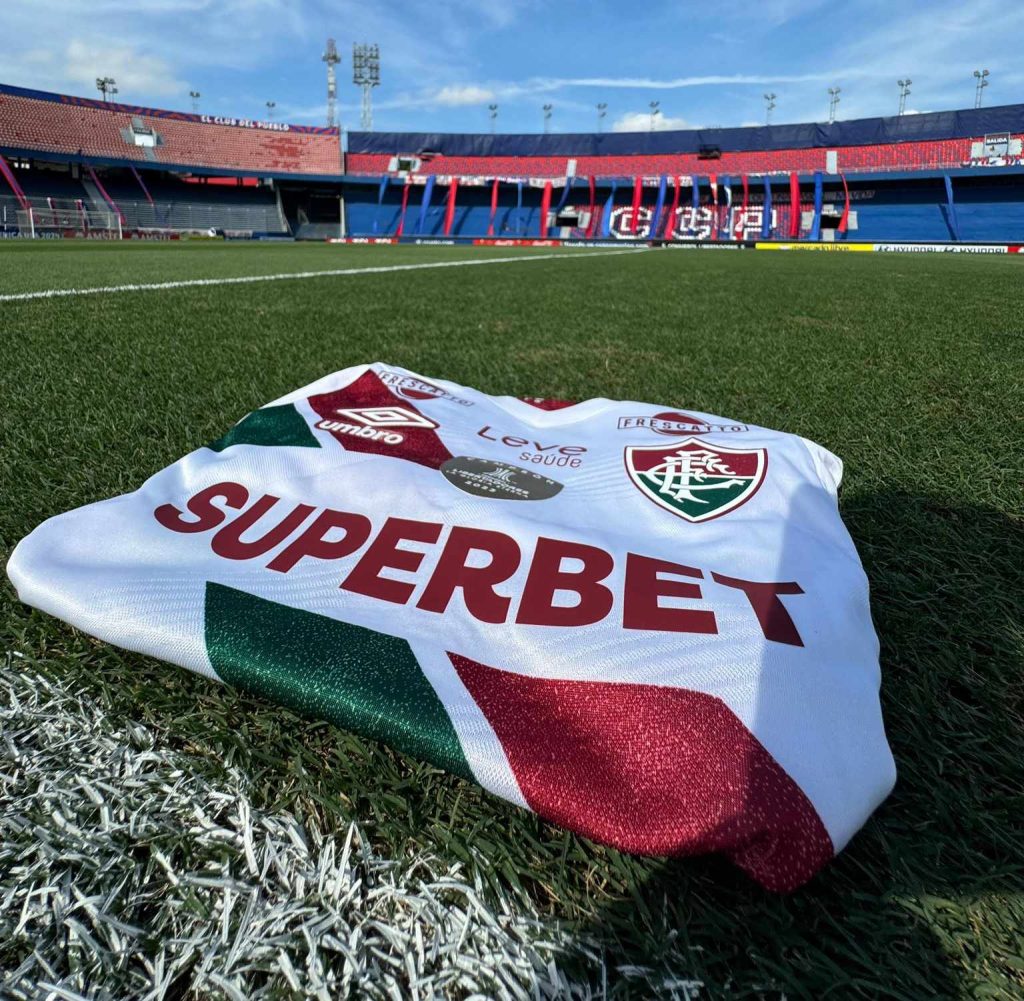In the realm of football, particularly focusing on Brazil’s national team, the current white jersey is noted for having the second-worst performance in history. This intriguing statistic implies that out of all the white jerseys used by the Brazilian national team over its extensive history, this particular model has performed relatively poorly during matches.
The assertion of “second-worst” performance refers to a variety of metrics. It could be based on factors such as the number of losses, the total goals scored or conceded, the team’s ranking in specific tournaments, or even the overall style of play. Each of these elements contributes to how a jersey might be perceived in terms of luck or effectiveness.
It is important to delve deeper into understanding what exactly led to this conclusion. Was it due to the design of the jersey itself, such as visibility issues during gameplay, or was it related to the team’s performance during the period when this jersey was predominantly used? Or perhaps there were external factors like changes in the team’s strategy or player dynamics that influenced the results?
Exploring the history of the Brazilian national team and the evolution of their uniforms can provide insights into why certain designs were chosen and how they might have impacted the team’s fortunes on the pitch. Comparing the current white jersey with others from different eras can also shed light on how the team’s performance has changed over time, influenced not only by the design of the jersey but also by broader factors like coaching, player skill sets, and global football trends.
In summary, the statement that the current white jersey has the second-worst performance in history is a complex claim that requires a detailed analysis of various aspects, including the jersey’s design, the team’s performance during the period it was worn, and the broader context of Brazilian football at that time.

